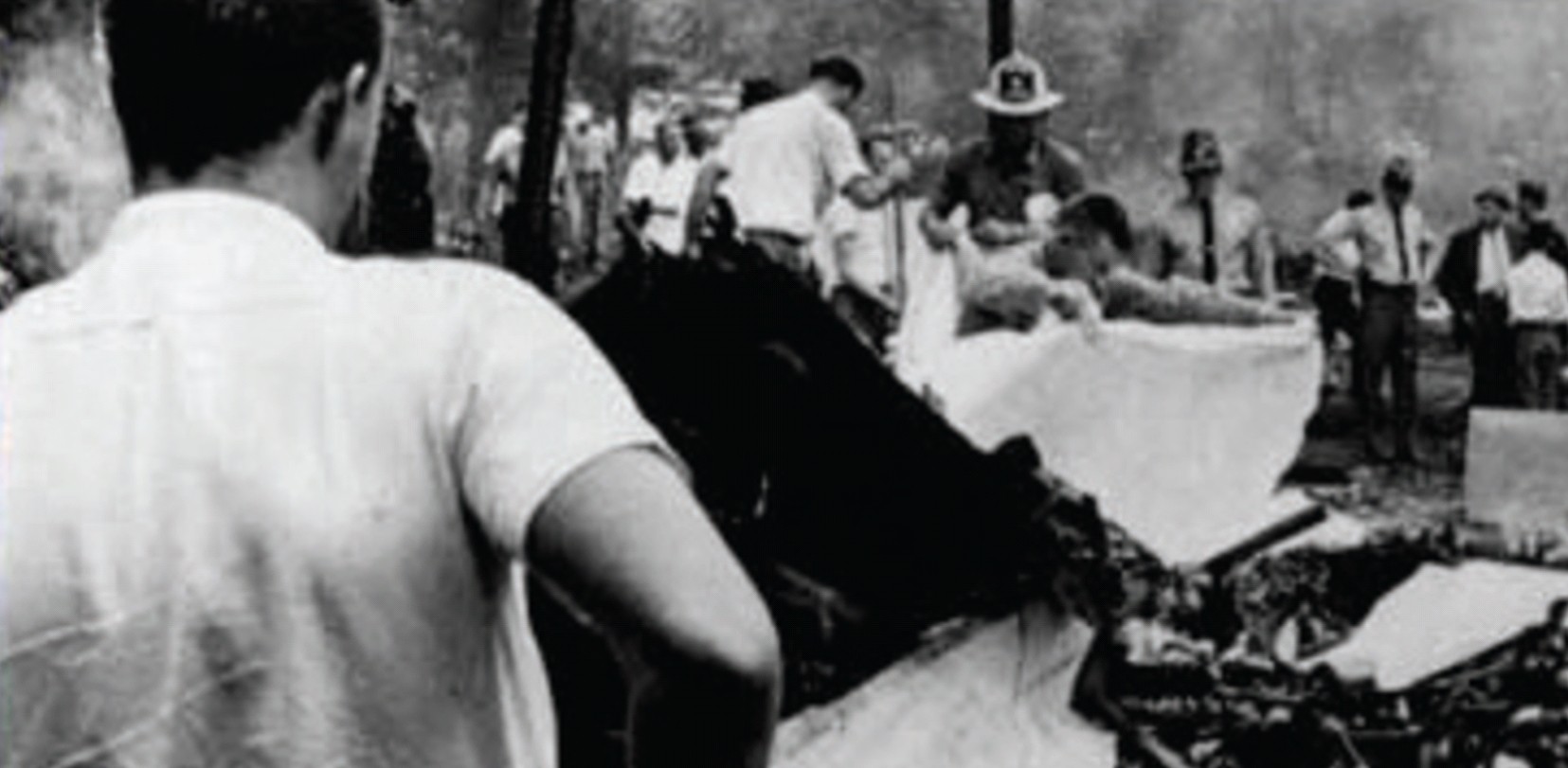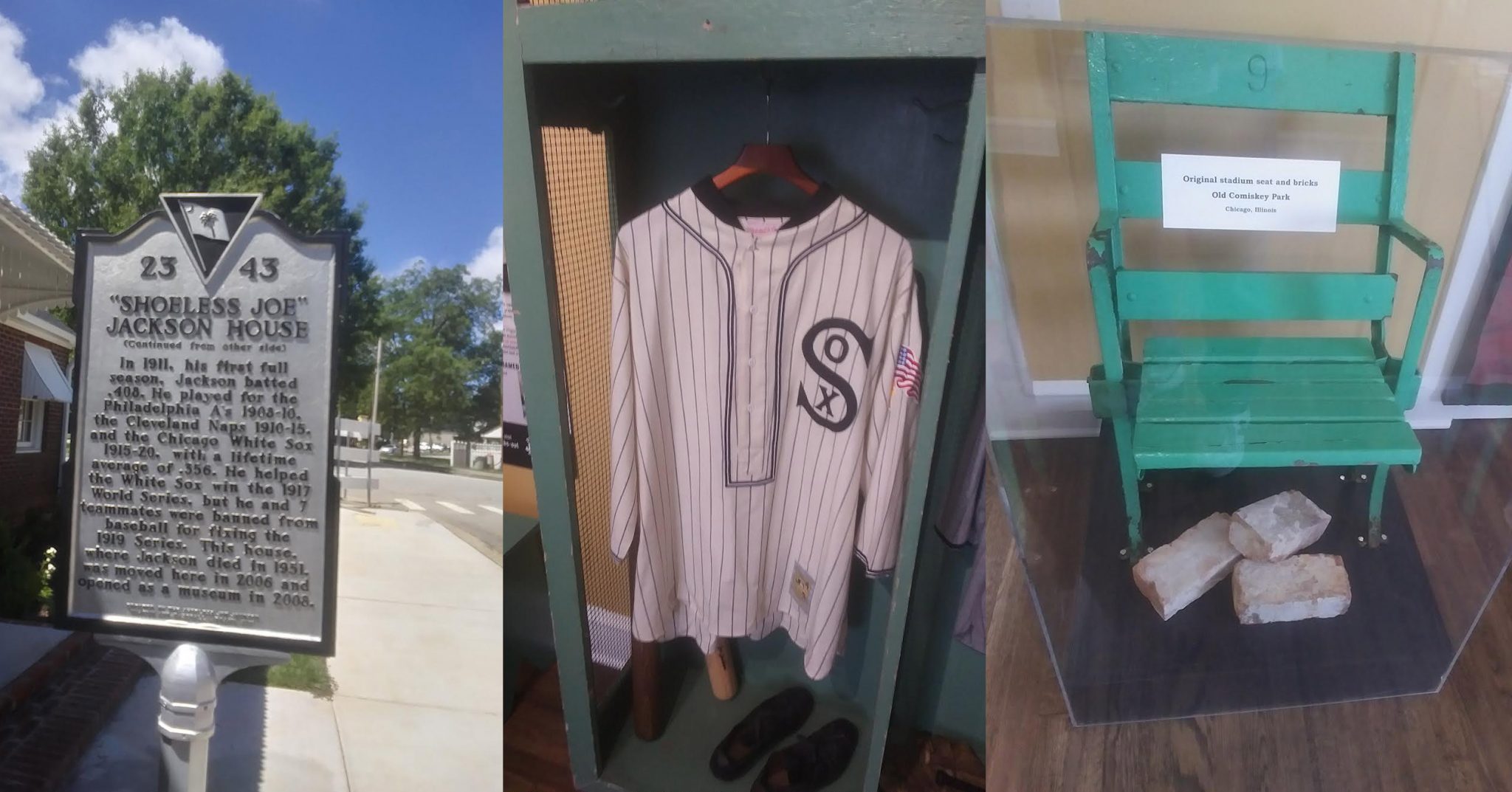Notable Men of Henderson County: Erle Stillwell
By: Dan Gibbs
Some of the architecture in Henderson County dates back to the early 19th century and to the founding of Flat Rock and Hendersonville. Chanteloupe, the Saluda Cottages, St. Johns in the Wilderness church were all built during this time period. Architect Erle Stillwell did not appear in Hendersonville until 1913 but he had a major influence on many schools, private homes, and public buildings not only in Hendersonville but throughout North Carolina and many states in the Southeast for the rest of the 20th century.
Stillwell helped design and build 10 public schools including East Flat Rock Elementary which was a community landmark for most of the 20th century as was the Dana school and Hendersonville High School which is still in use today. He also designed several buildings for Western Carolina Teachers College which is now Western Carolina University. Stillwell also designed several municipal buildings in Hendersonville including Hendersonville’s City Hall in 1927 and the Citizen’s National Bank Building in 1918.
Stillwell worked with several different styles of architecture as well. Some of the styles he specialized in were Tudor Revival, Neo-Classical, rustic, and Georgian Revival, but where he found his niche was the Art Deco movie theaters he designed. He designed more than 60 movie theaters in North Carolina, South Carolina, Alabama, and Tennessee including The Carolina in Hendersonville. He designed the Carolina Theater three different times as it was twice consumed by fire. I never really knew who Erle Stillwell was until I started doing some research on The Carolina theater. He left quite the legacy on downtown Hendersonville as many of the buildings still has his stamp on them. Fellow architect William Mitchell wrote a book entitled Buildings as History: The Architecture of Erle Stillwell that covers the career of Stillwell and a magazine article that appeared in Bold Life: It Happens in Hendersonville in the April 30, 2012 issue written by Norm Powers also covers the career of Erle Stillwell.







